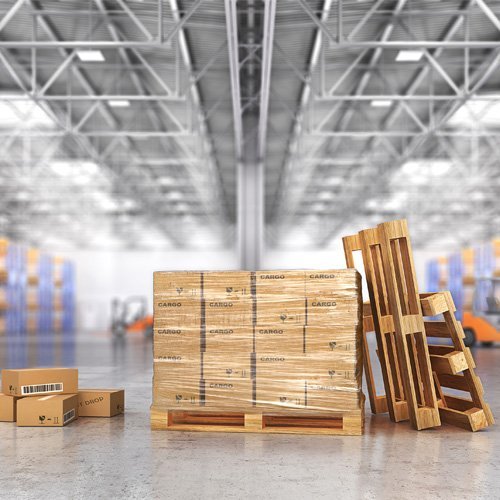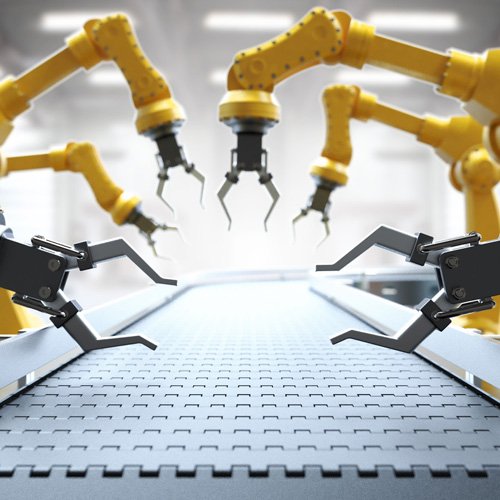

What Daily Process Improvement Looks Like in Manufacturing

Process Improvement is at its best when it doesn’t look like much. We often fall into the trap of needing expensive equipment or consultants to save money, and in the end it costs us money.
Rule of thumb: real change needs to develop from inside. If you try to force it from the outside, it will be short-lived and expensive.
Change that makes real money has 2 overlapping qualities: it’s about leadership (it starts with you, not them), culture (buy-in required, which leads to consistency). In manufacturing, we think a lot about changes like value stream mapping and big capital improvements, but these will fall flat without a cultural shift.
Culture
“Empowering” is a great word for a PowerPoint, but we need to follow through. That looks like 4 things:

Leadership
Don’t tell your troops to leap out of the trench while you finish your power lunch. Go to the shop floor before the boardroom and start with them. Ask what bugs them. Have those conversations that we always think we don’t have time for.
If the tool box is too far away and the storage, which no one uses, too close, then your team will catch the inefficiency years before you do. If someone doesn’t have the training they need, your team is the most likely to catch it before a dangerous accident.
Your staff will probably embrace the “lean way.” You’ll drive them and they will respond admirably. That brings in the next hurdle; that change will evaporate in 4 months if you put the autopilot on.
Systemic change is a commitment. It’s:
- Articulating your vision and sharing it transparently with your team
- Providing the resources that you all need: it’s an investment
- Creating a Process Improvement System that will help you and your team stay the course even if enthusiasm falters
Good leadership is about fostering a healthy sense of urgency. Unhealthy urgency is unsustainable and corner-office-driven. You need urgency that comes from the shop floor and sustains itself month after month, year after year.
It’s not enough to keep the machinery well oiled for a month. There’s a sense of urgency – coming from not wanting the engine to seize – that keeps the urgency strong. As leader, it’s your job to keep it strong across your business.
“For companies to change, we need to stop thinking like mechanics and to start acting like gardeners.”
— Alan M. Webber
















